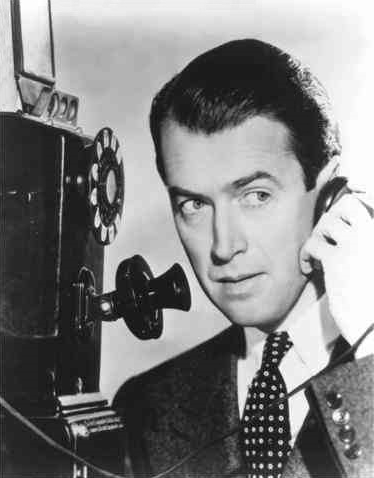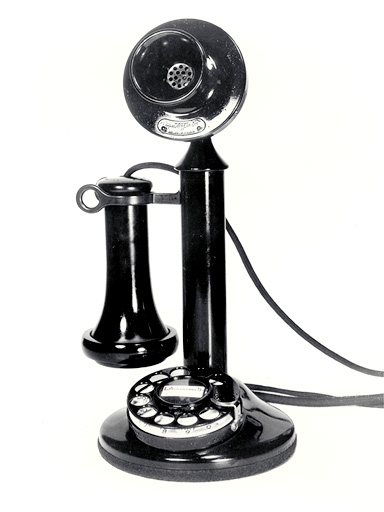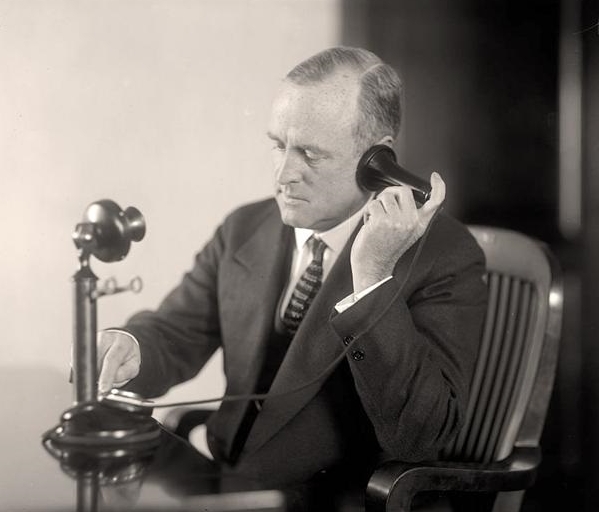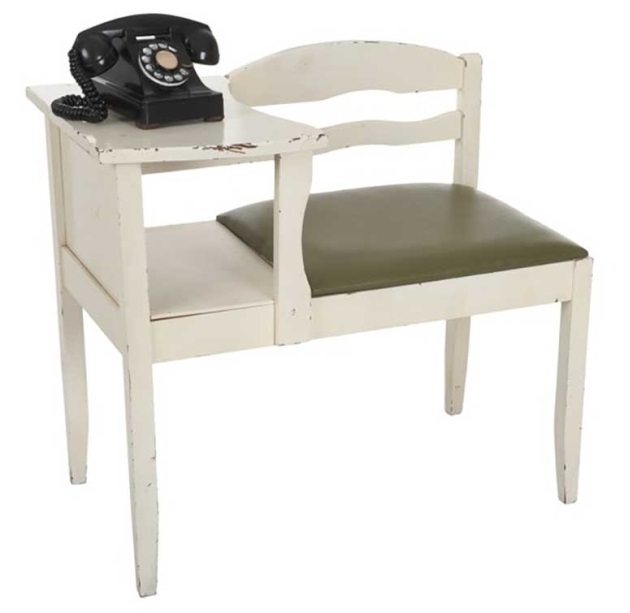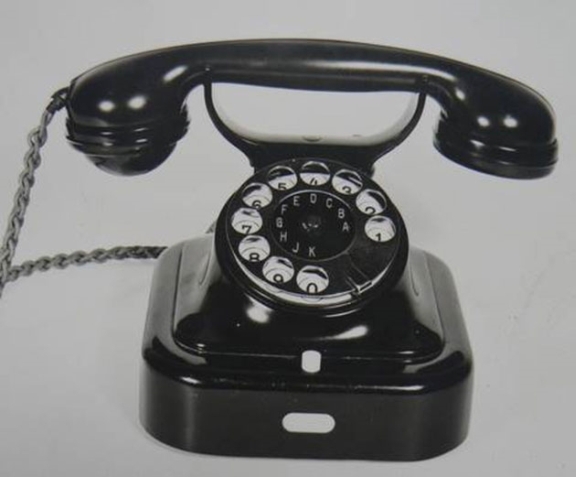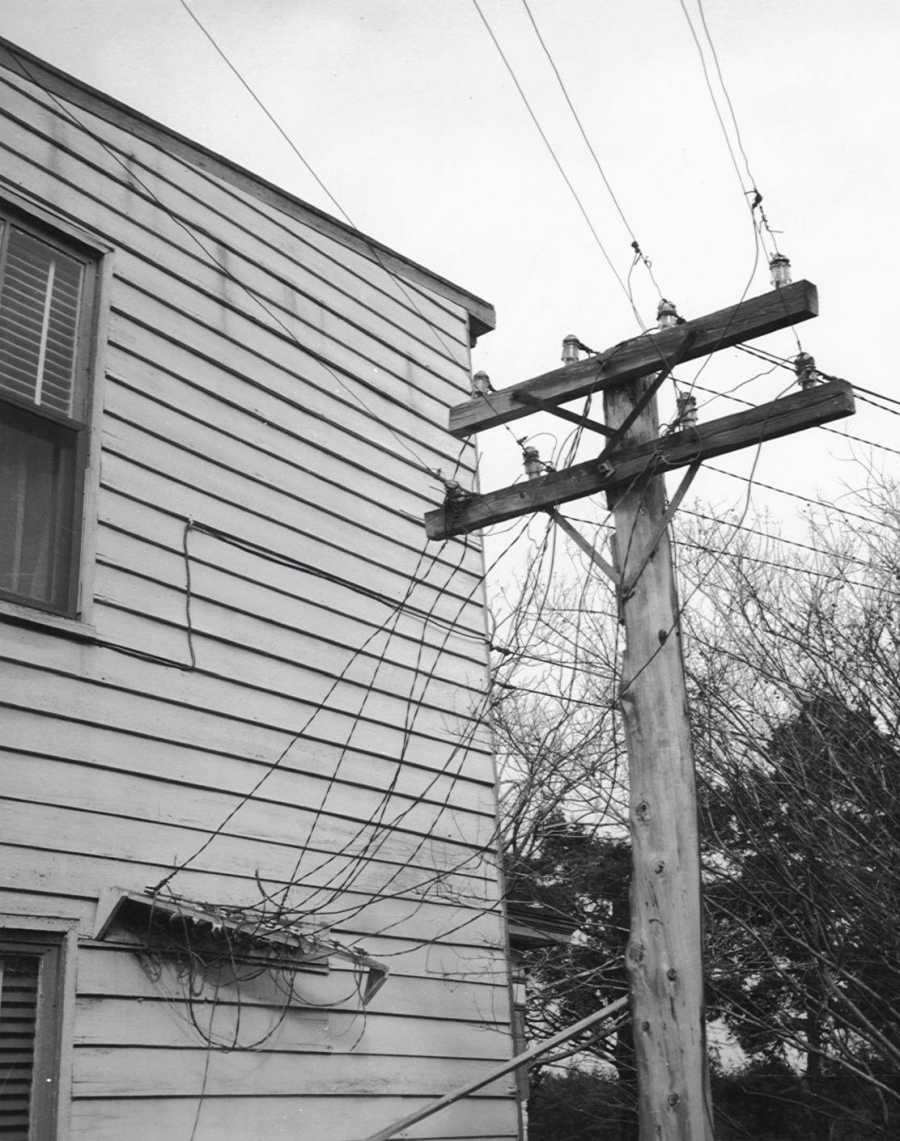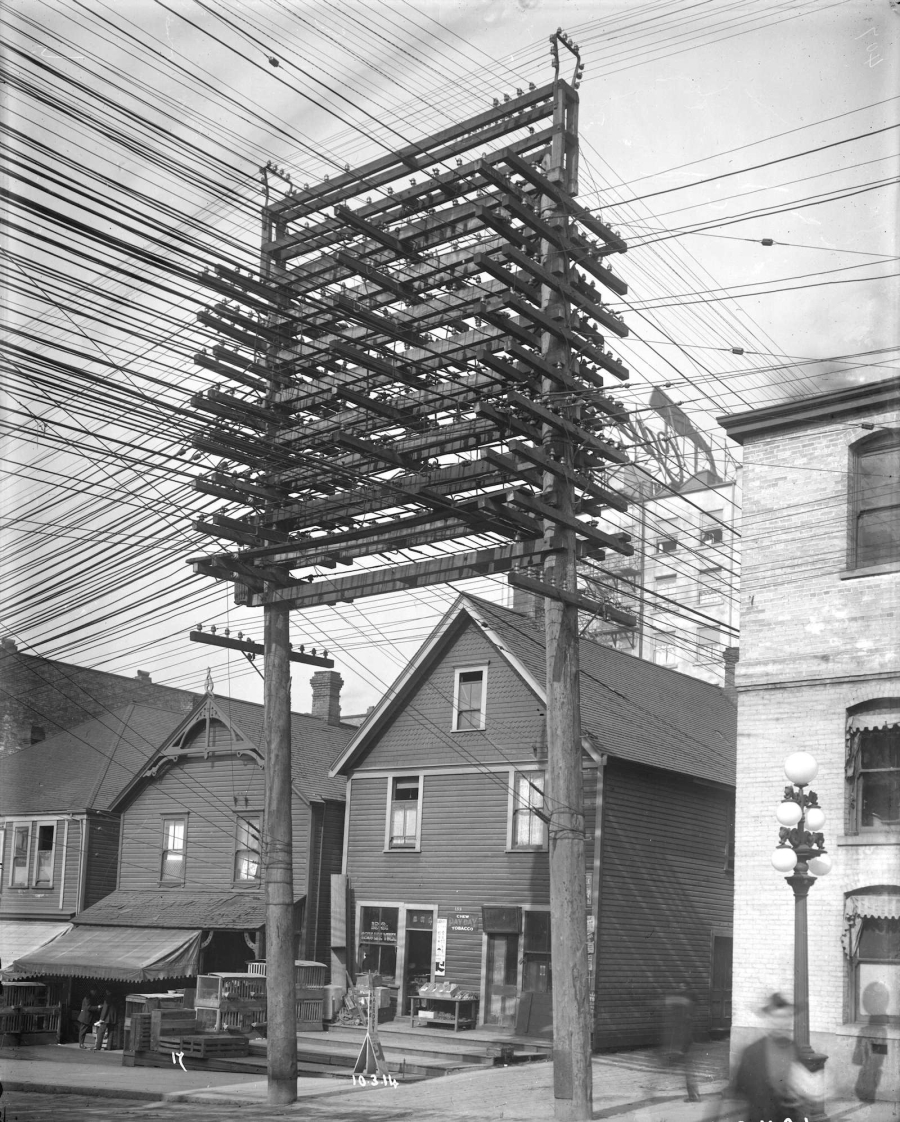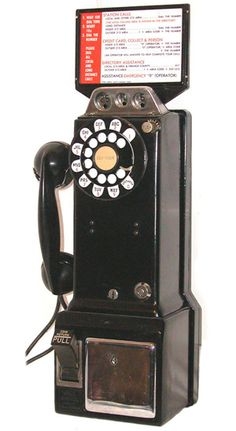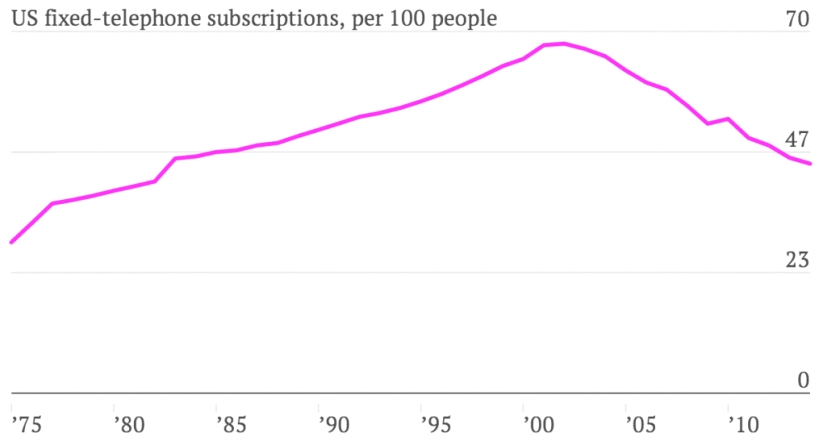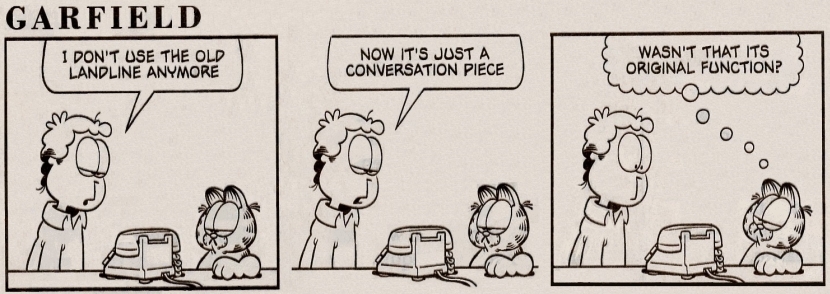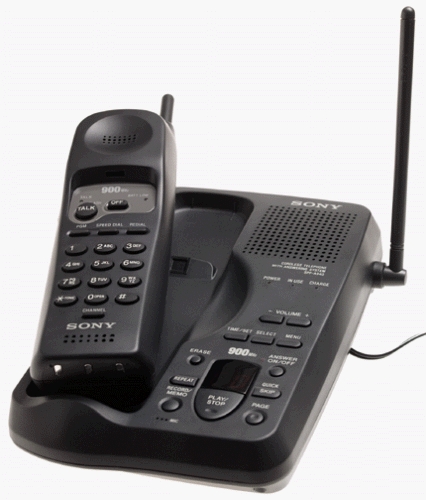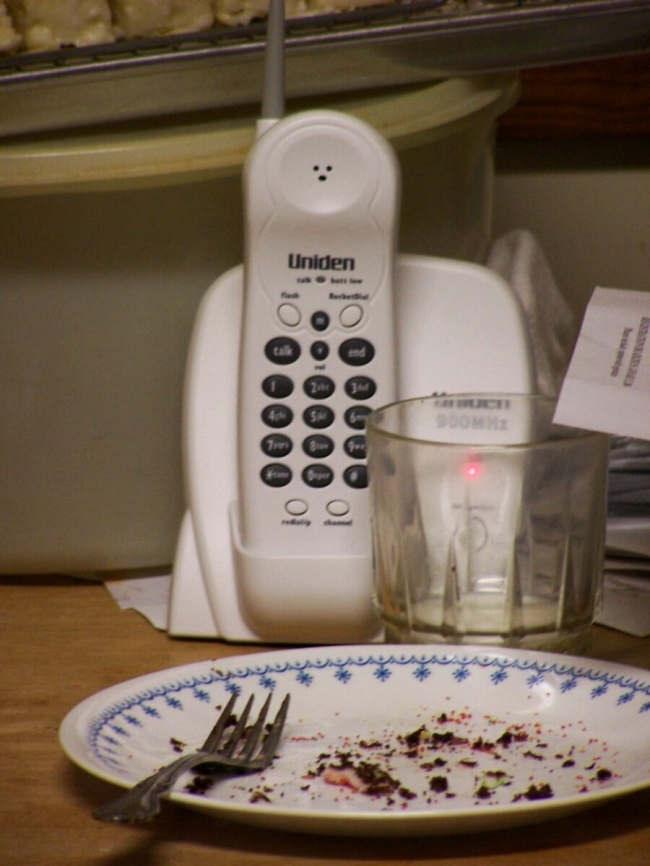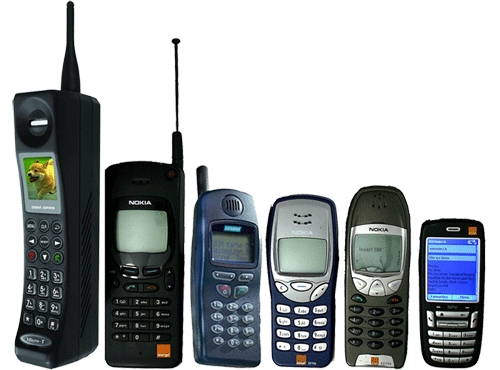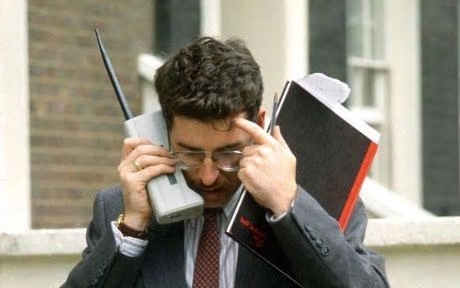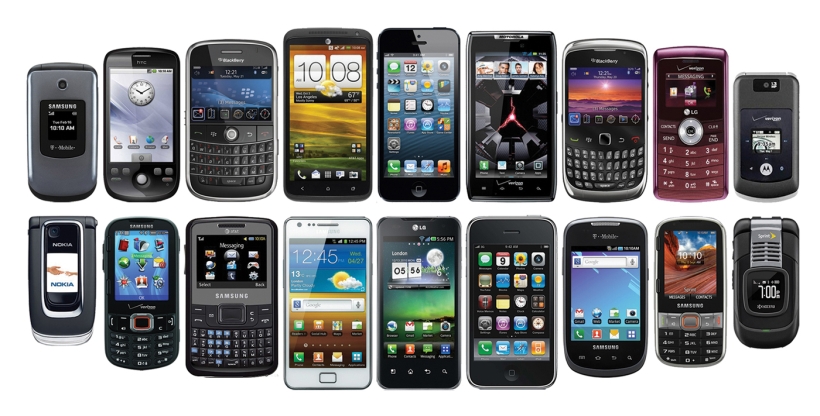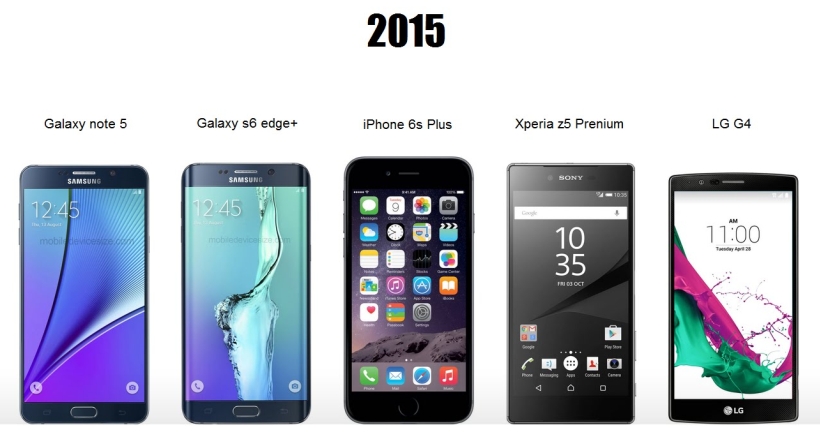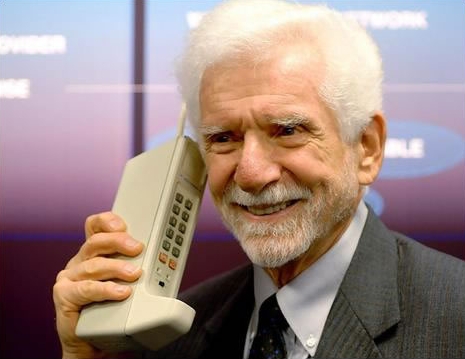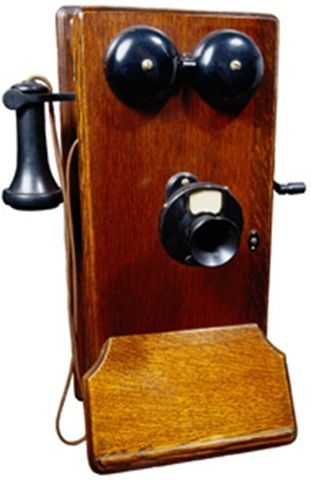 |
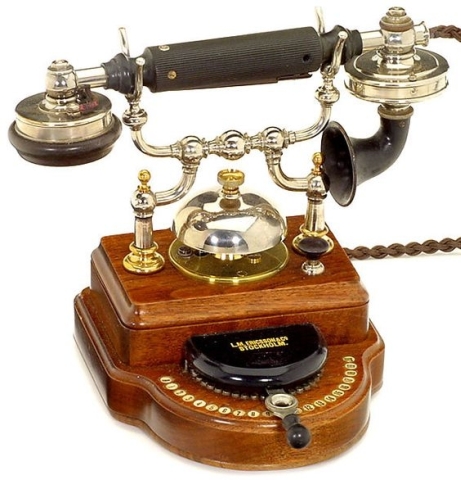 |
|
This is part of an autobiography
written in 1987.
I was born on December 4, 1916, on the family
farm two miles north and one mile west of town....
I recall my folks telling us that there were two huge advances sometime in the 1890s when both the telephone and rural mail cariers turned up almost together. The telephone equipment consisted of tall 15 foot poles with a wire strung up on glass insulators near the top of the pole. The wire entered a hole drilled right through the wall of the house. Then a rectangular box made of oak wood hung just below the wire entry. The wire then entered the top of the box. A hinged metal arm about 8 or 9 inches long projected from the front of the box, and a round black cone was at the end. Near the bottom of the box, a sloping flat surface held a small telephone book. When a fellow went to use it, you grabbed a cylinder-like black thing off a hook hanging on the left side of the box and held it by your left hand. Then you grabbed a small crank on the right side of the box, and spun it clockwise, and a bell would ring at the top of the box. Then you held the black receiver to your left ear and listened. When a voice spoke, you would speak into the black cone and tell who you wanted to call. After a while another voice would be heard. You could talk to them just like they were there! When you finished talking, you would hang up the receiver and "ring off" by giving the crank a half twist. Whenever it stormed or thundered, someone would hurry to the telephone and pull a knife-switch straight out of hte wll to disconnect the telephone, so that lightning would not enter the house and burn the house or burn out the telephone. This switch was on top near the bell and the entry wire. There also was a ground wire just outside of the wall, and it also was hooked to the telephone. Somehow the electricity, whatever it was, entered through the wire, went to the telephone inards and out again by the ground, and tothe telephone station located in town. It was all very mysterious. When it first came into the home, some members of the family were afraid to use it - it simply was too mysterious. Besides, the folks always had gotten along without it and lived. The best part of the phone was the ring. Out of the blue came three short rings. That was Krebill's phone call. There usually was a race to the phone to see who could get the receiver first. This entitled one to listen in and get the news. A birth, a funeral, a relative from afar, some proposed visit, or a request to help with some farm event, came over the line. With a single ring, well, that was a call to central by one of the 6 to 10 pary-liners on our ine. You simply ran and listened every time it rang. Our ring was short-long-short. At times, one wished no one was listening in. This would provoke all sorts of gimmicks and schemes to talk without listeners getting the hang of it. One could schedule calls during mid-morning and afternoon, when most people were outside working. A person could tell how many were "listening in" by the number of clicks on the line. When a long-distance call came from a relative in Nebraska, you could barely hear them, and it was not unusual to ask people on the line to please hang up so you could hear. The local "on line calls" usually came at noon hour or in the evening, when most people were in the house. This was a long series of many rings, maybe for a half minute or so. These usually were by central to announce a farm or house sale, or some special event of interest to all people in the area. The telephone bill came in the mail once a
year. It cost $15 a year. That was a lot of money,
and Dad would pay it on one of the trips to town. First deliver
the eggs and cream to Sawin's Produce, go to the mill to unload to the
ground four or five sacks of corn, oats, and wheat that would make chicken
mash or hog slop. Then go to the hadware store, the bank, grocery
store, and post office, and finally to the telephone office with the check.
Of course, there always was the cherished visit with the business man or
store waiters and with any customer in the store or along the walk.
When the pone bill was paid, there was the check or cash for farm building
insurance, for threshing, for binder twine, for paint for the buildings,
veterinary, dentist, and for doctor bills, car license, gasoline, and lastly,
the big farm taxes which came due twice a year. The latter must have
been $35 or so, twice a year. And, there was the money for interest
on the note to Uncle Emil and Oscar. This was a loan originally
for $4,000 to buy 50 or so acres from the Warson farm, back sometime in
the twenties. The interest bill wasn't such a heavy burden,
as Emil and Oscar were in no hurry for it, and one could let it ride for
a year, if farm income was poor. It was important to get the
other bills paid on time, as business obligations hung heavy on a person's
back. Besides, if one was slow to pay, word usually got out
that a particular fellow was always late or wasn't reliable.
Whatever that was, it was bad!
|
|
